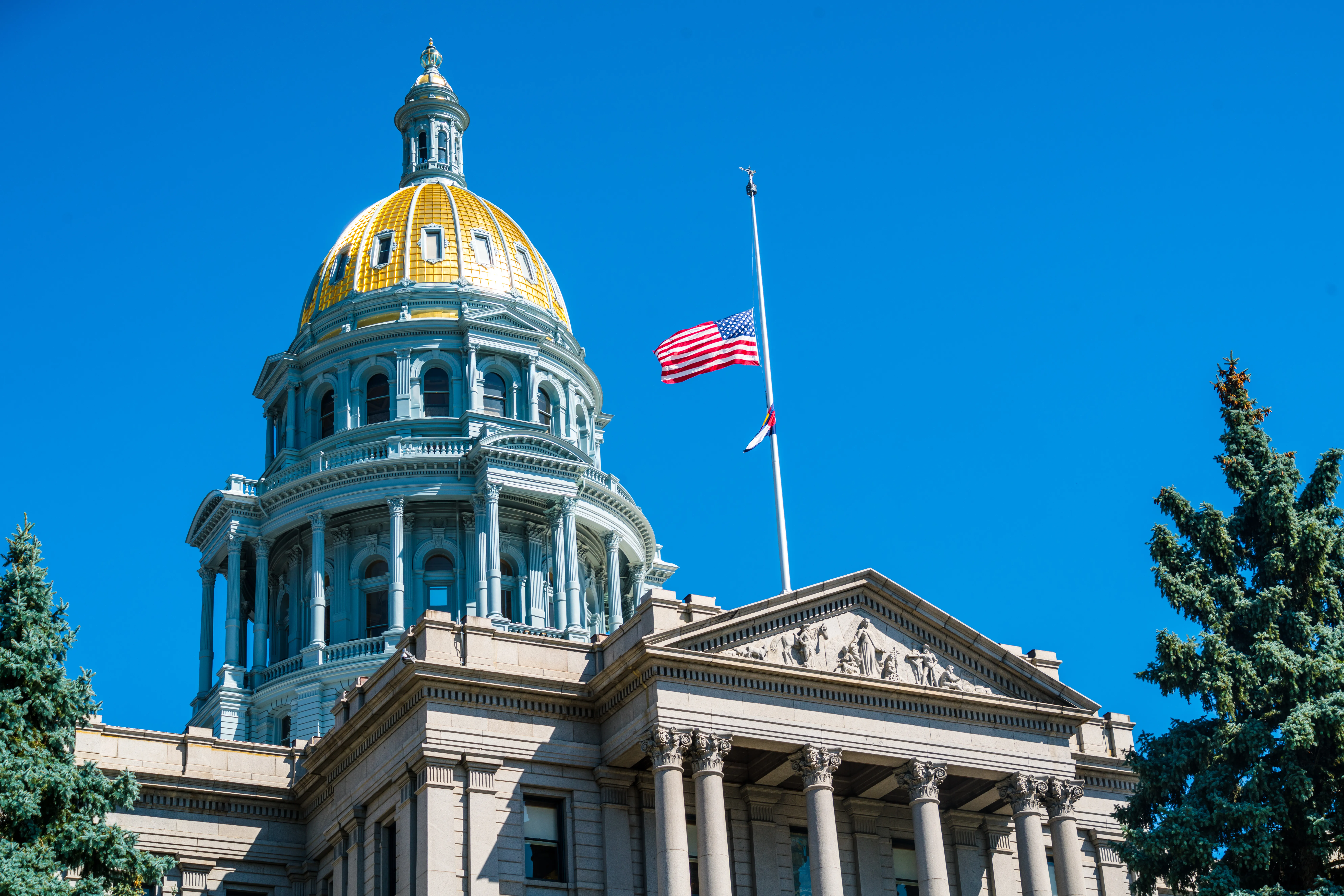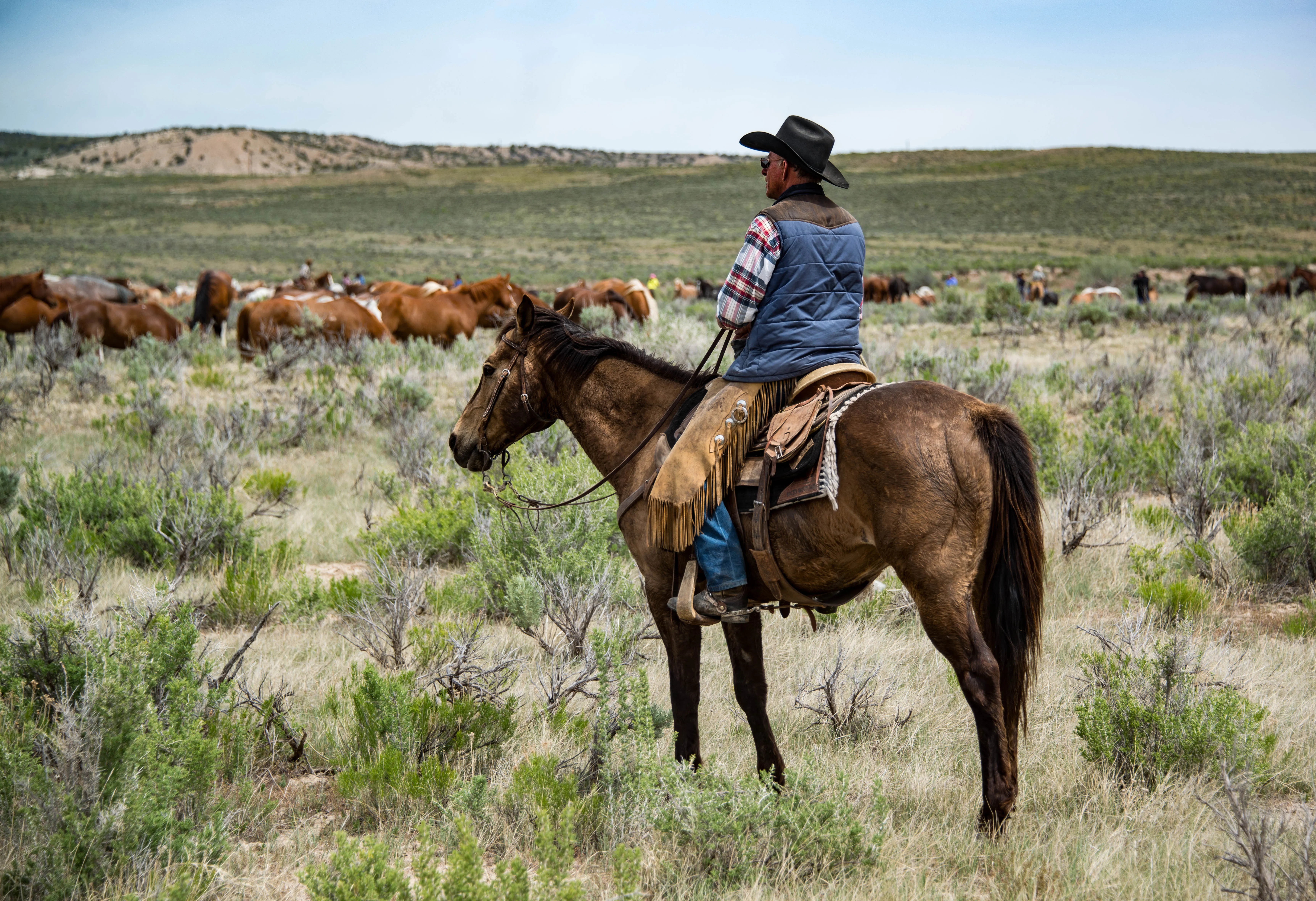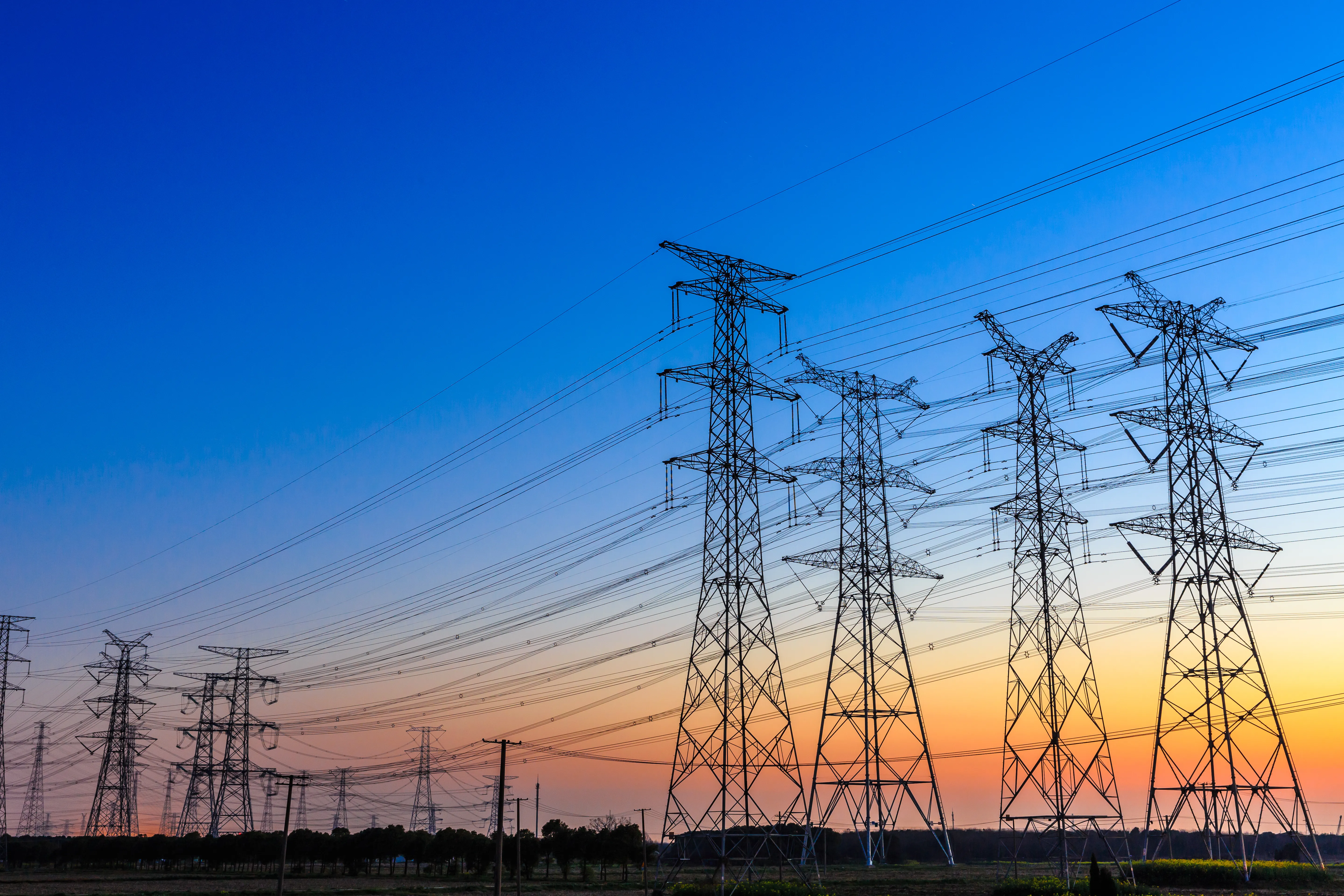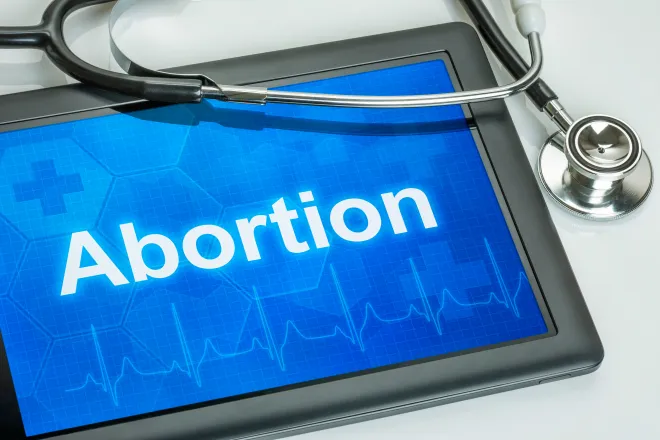
Commentary - A power company plans for life after coal
Oh, what a difference 20 years has made in how Tri-State Generation and Transmission Association views energy. An organization that in 2005 wanted to build a giant new coal plant now sees a future almost entirely devoid of coal. It expects to be at 70 percent renewables by 2030.
Perhaps Tri-State failed to get the executive order from President Donald Trump, “Reinvigorating America’s Beautiful, Clean Coal Industry.” It’s an echo of the past. During a campaign stop in Grand Junction, Trump in 2016 promised to bring it back. It was an empty promise. Prices of, first, wind and then solar had slid downhill on trajectories steeper than Interstate 70 descending from the Eisenhower Tunnel. Reduced emissions were a bonus argument for renewables.
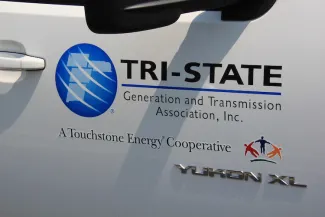
© BigPivots.com / Allen Best
In an April 11 filing with the Colorado Public Utilities Commission, Tri-State proposes adding 700 megawatts of new renewable resources, the majority on the windy, sun-drenched and sparsely populated plains of eastern Colorado, and also 650 megawatts of short-term battery storage.
“That’s a lot of steel in the ground,” said a member of an electrical cooperative on the Western Slope.
Natural gas is also part of the mix. Tri-State proposes a 307-megawatt plant somewhere near Craig. There, in little more than three years, it will close all three coal-fired power units it now operates. It also proposes to replace five aging combustion turbines near Fort Lupton at the J.M. Shafer Generating Station, boosting capacity modestly to 281 megawatts.
This proposal fits in with a broad theme in Colorado. More than 2,300 megawatts of new natural gas capacity is being built, has been approved, or is proposed by Colorado’s major electrical utilities. In a sense, we’re swapping coal for gas. That represents a net reduction in emissions.
Will these very expensive gas plants be stranded by new technologies during our journey to a mid-century goal of net-zero emissions? The answer is complicated. Utility resource planners given responsibility for keeping lights on today think we need gas, at least if we want to avoid giant price increases in electricity. A study released by the Colorado Energy Office in early 2024 reached a similar conclusion.
In 2005, our utilities thought our future was in coal. Xcel Energy had started building Colorado’s largest coal unit ever, the 750-megawatt Comanche 3 in Pueblo. It was expected to operate until 2070. Now, it is to close in 2030.
Tri-State was also dreaming big coal in 2005. It wanted to build 1,400 megawatts of new coal-burning generation in southwest Kansas. A partnering utility, Sunflower Electric, was to get another 700 megawatts.
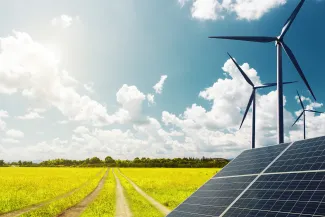
In 2007, the two utilities suffered a setback. Kansas denied a permit for these coal-burning castles because of greenhouse gas emissions. The denial, shocking then, became a blessing. When the utilities finally got their permit in 2017, the economics of electricity had turned upside down. Imagine the financial albatross hanging around Tri-State’s neck had it succeeded. As it was, Tri-State spent $100 million or more on this errant path.
By 2018, Tri-State was imagining a different future. A new chief executive, Duane Highley, was given a mandate to explore the new economic terrain. In November, Jared Polis won election as Colorado governor after running on a platform of 100 percent renewables by 2040. That December, Xcel executives announced their plans to leave coal.
Beginning this year, Tri-State will close its three coal units by September 2028. In 2031 it plans to close its coal unit at Springerville, Arizona. In this transition, Tri-State hopes to get federal assistance promised it under the Inflation Reduction Act for stranded assets. It will then have coal-burning ownership only in Wyoming’s Laramie River Station, a short railroad trip from the Powder River coal fields.
“Just transition” is also part of Tri-State’s pivot. State legislators in 2019 said that coal-dependent communities should be given aid as they made their career shifts. In a 2024 agreement, Tri-State pledged to pay Craig and Moffat County $22 million between 2026 and 2029 and committed to support investments with $48 million in additional benefits between 2029 and 2038. Tri-State payments can be reduced if taxable property is added. A gas plant in Moffat County will do just that.
Tri-State still has challenges. For example, it is still losing members. And questions remain for it and other utilities about where to hedge bets. Natural gas is a conservative bet, the way coal was 20 years ago. At that time, few among us were carrying a smartphone. We were mostly beholden to land lines. Will a still nascent technology fully emerge to replace gas, too?



